In our first article, we explained the importance of logo shapes and the significance of each one.
But a logo can also be recognized by the colors or color combinations used, which represent the company’s values and subconsciously influence consumer choice.
Often considered subjective and purely aesthetic, colors play an important role in everyday life, and do not carry the same emotional value between two individuals, or even between two cultures.
This can be seen in the animated film Vice-Versa, where each character is represented by a distinct color: Joy is yellow, Anger is red, Sadness is blue, Fear is purple… Although this color code is not universal (for example, red is associated with marriage in China, whereas it represents communism and anarchism in European countries…).
How do you interpret the color used for a logo? And what color should you choose for your company?
Color psychology is the study of how colors are perceived by individuals and how they affect them emotionally.
In marketing, these colors will influence consumers’ direct choice. In 90 seconds, a person will decide whether or not to like a product, and 90% of this decision is based on color.
(source adobe.com: https://www.adobe.com/fr/creativecloud/design/discover/color-theory.html).
But then, what significance do colors have in a logo?
Blue
Blue is the most widely used color in the world. It represents water, air and space. It’s a color that expresses calm, serenity, confidence and communication. It brings confidence and security to the customers and partners of a brand or company.
Used in excess, it can exude sadness, nostalgia and coldness. Care must be taken to choose the right shade of blue, or combine it with a warm color to soften these features.
Each shade has its own significance: turquoise blue calls for change (a blend of blue and green), navy blue brings reliability and seriousness, and sky blue exudes notions of freshness and freedom.
Used in various sectors (social networks, communication, technology, tourism, administration, transport, health…), blue is used in a brand’s visual identity (and logo) to express values such as stability, expertise, professionalism and respect.
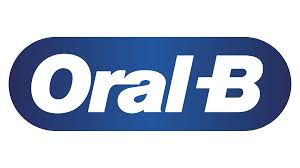



Red
Red is the most powerful and visible primary color because it has the longest wavelength.
Red is a complex color, conveying contradictory emotions. It represents passion and love as well as prohibition and danger.
It gives off a strong, powerful feeling, and should therefore be used sparingly.
Red will be favored by bold, constantly evolving companies, such as those in entertainment (Netflix, YouTube, Marvel), gaming (Nintendo, Lego, Monopoly), sports (Sport 2000, Kappa, ESPN), automotive (Bugatti, Maserati, Suzuki), retail (Coca-Cola, H&M, Levi’s), finance (Société Générale, HSBC, Crédit Agricole) or news (France 2, M6, CNN).
Be careful, however, to combine this color with others that are more neutral (white, gray, black) or complementary (green) to soften the look of urgency that red reflects.
It’s also possible to incorporate it into your graphic charter in small touches, rather than making it the main color of your visual identity.



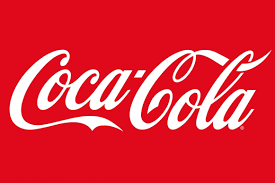
Yellow
Yellow is a color we instinctively associate with sunshine and warmth, and therefore with vacations, sunflowers, happiness and joy. It’s a color that expresses positive emotions.
At work, it represents optimism, youth, friendliness, originality and boldness.
It is often used to attract attention and for call-to-actions.
However, it’s also associated with betrayal and impulsiveness, so use it sparingly or complement it with a neutral or complementary color to soften these negative traits.
Brands that use this color in their logo wish to emphasize their boldness and dynamism: MacDonald, Ferrari, Fnac, Snapchat… It can also be found in the food and mass retail sectors, where yellow will more easily attract consumers and push them to take action before reflection.
Be careful, however, not to use them in sectors where trust and security are paramount, such as finance, health and administration.


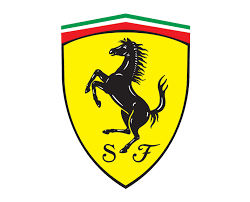

Green
Green is naturally associated with nature and ecology. This color evokes growth, serenity, hope, wealth and even royalty.
It also represents jealousy, hence the expression “green with envy”.
It’s the ideal color for brands involved in the environment, sustainable development, natural products (cosmetics, food, textiles) and biology, but also in health, cosmetics or well-being who wish to reinforce the natural side of their products.
It’s a color that naturally attracts a young and particularly male audience (this cool color is often cited as a favorite, especially by young men), which is why it’s also found in the gaming and new technology sectors.
Another important detail: the shade of green. Dark green conveys a sense of prestige and luxury, while light green expresses calm and serenity, while khaki green conveys an adventurous, well-traveled look.

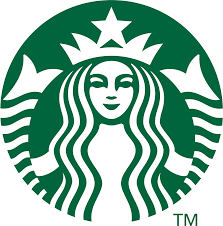
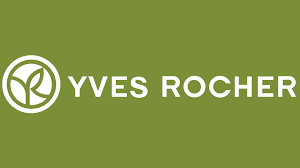

Violet
A blend of a warm color (red) and a cool color (blue), violet is a complex and mysterious color, often associated in history with royalty and religion.
Violet evokes prestige, creativity, femininity, mystique and sophistication.
It is now positioned in the realm of luxury and spirituality. It will therefore be found in the logos of brands in the real estate, hotel, automotive and jewelry sectors.
It’s a color that will also be used in the wine industry (because its color is close to that of wine), as well as in sports, fashion, cosmetics and chocolate.
Associated with black, violet projects a notion of the future and modernity, so it’s found in new technology brands and in the arts (cinema, photography, video games).
On the other hand, when combined with yellow (its complementary color), violet becomes bold and exotic.

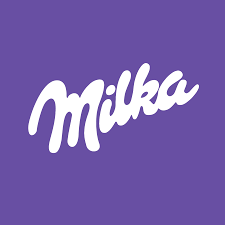

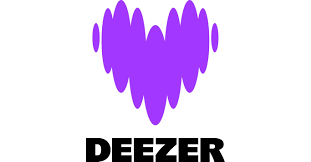
Orange
A perfect blend of red and yellow, orange attracts attention without evoking risk. This dynamic color inspires creativity, youth, energy, enthusiasm and vitality. Its intention is to bring people together, to exchange and to communicate.
This hue provokes an impulse in the brain (like red, but without the dangerous aspect), which is why in marketing, call-to-actions are often orange, as this color encourages purchase without provoking urgency. This color is said to be more effective than any other in encouraging impulsive, last-minute purchases.
Combined with blue, it conveys notions of seriousness, boldness and reliability, while remaining fun and accessible.
Orange will be used by brands wishing to highlight the friendly, human aspect of their products and services. It will be found in the fields of innovation, communication and marketing, leisure, safety, logistics and associations.
It should, however, be avoided by companies that emphasize the traditional, historic side of their brands.
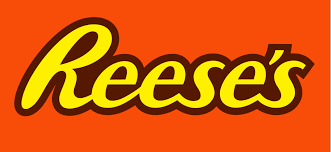



Pink
A color associated with femininity, romance, delicacies and naiveté, pink was nevertheless considered very masculine before the Second World War, as it descended from red, the symbol of blood and war (and blue, the more delicate color, was reserved mainly for women and children).
Although brands are gradually drawing inspiration from pink for their visual identities, it is still mainly used by companies in the fashion and cosmetics, women’s press, jewelry, wellness, wedding and floral sectors.
However, the shade chosen remains important: pale or nude pink will evoke femininity, romance and softness, while fuchsia pink will energize a brand and make it bold, strong and original.
However, it’s advisable to avoid soft or calligraphic fonts that could reinforce the naive aspect of this color, and instead associate it with a strong color like khaki (for companies in the aesthetics sector, for example) or navy blue (for companies in the furniture and decoration sector) or even black to add a touch of sophistication and purity.
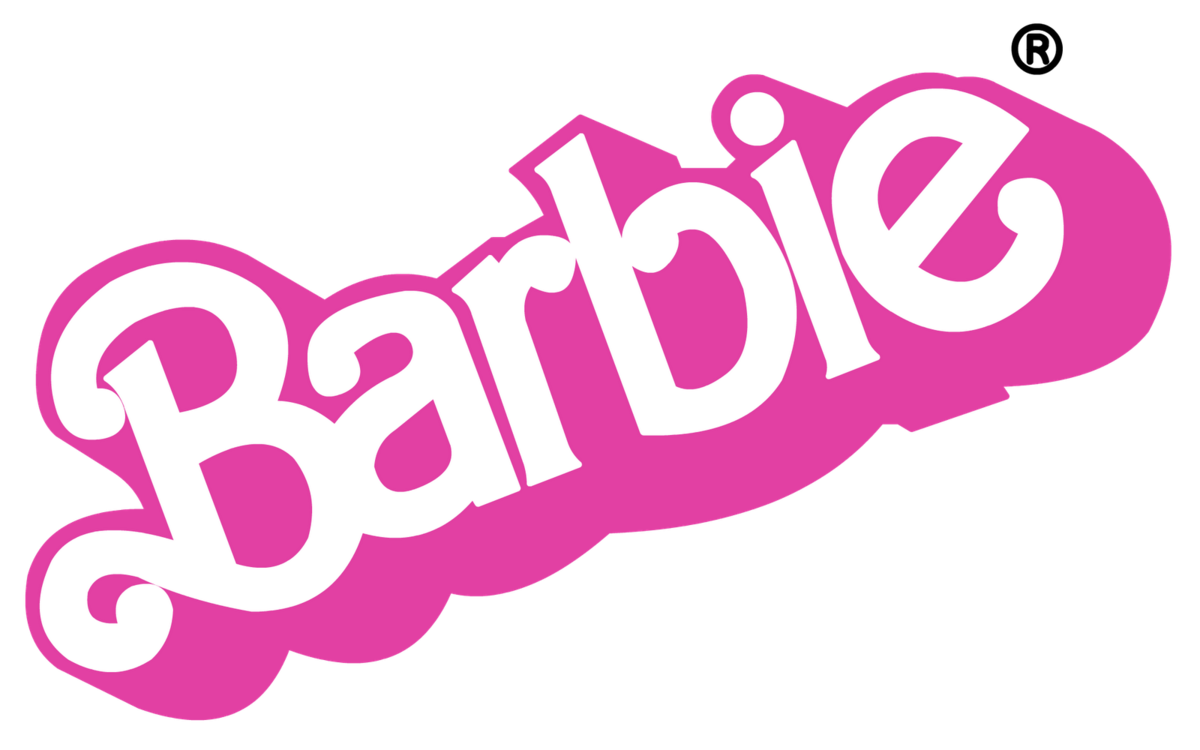

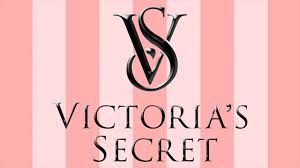
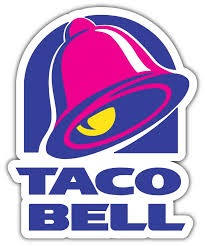
Brown
Brown is a color the eye can’t get enough of, because it’s a color that occurs naturally in nature, like green and blue. Yet it is often dismissed as unsophisticated…
Brown is instinctively associated with wood, nature and food. Combined with green, it reinforces this aspect and adds a touch of robustness and solidity. Handicraft, sports accessories, DIY and animal-related companies all favor this combination.
Combined with softer hues such as pink or violet, this will give it more finesse and femininity: this combination will be used by companies in the natural beauty and cosmetics sectors, as well as in decoration and furnishing.
Combined with orange or gold, it brings warmth and comfort to brown, reminiscent of autumnal hues, wood fires and Halloween in particular.
However, brown should be avoided by brands targeting children and teenagers, as this color doesn’t appeal to this generation, which sees little fantasy and fun in it.



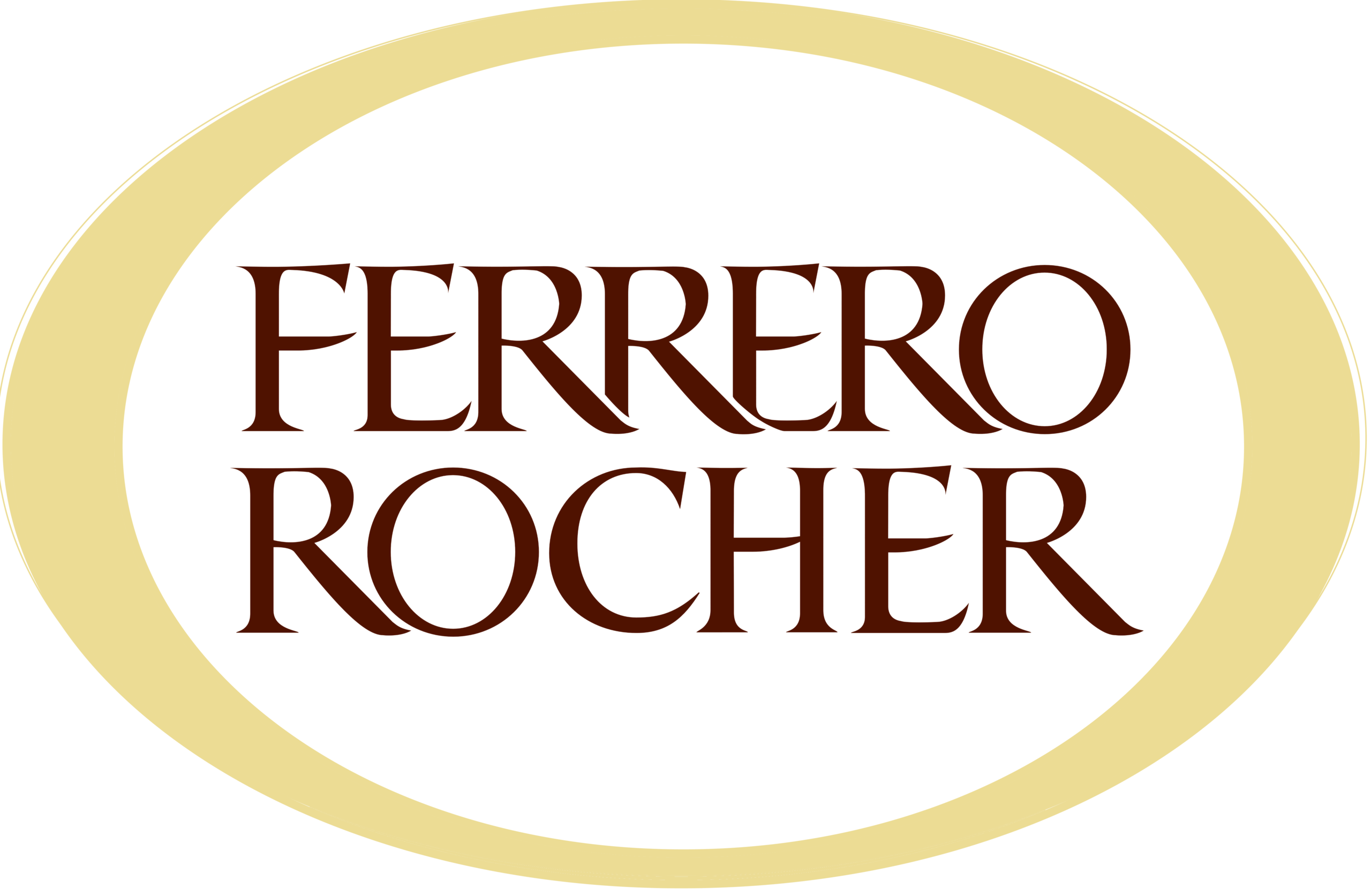
Gray
A blend of white and black, gray is the perfect hue to represent neutrality. It’s a reserved, subtle color that can be used to soften a shade that’s too dark or vivid, or to accentuate one that’s too light.
Reminiscent of silver and metal, it evokes refinement and sobriety, and brings visibility in a subtle way to brands wishing to make a discreet statement.
Easily combined with any color, gray brings a certain chic, but can easily become sad if used alone or as the majority of a visual identity.
Brands in the automotive (Mercedes, Audi, Lexus), jewelry and watchmaking (Swarovski, Longines) and technology (Apple, Nintendo) sectors use this color to showcase their products and services with discretion and subtlety.

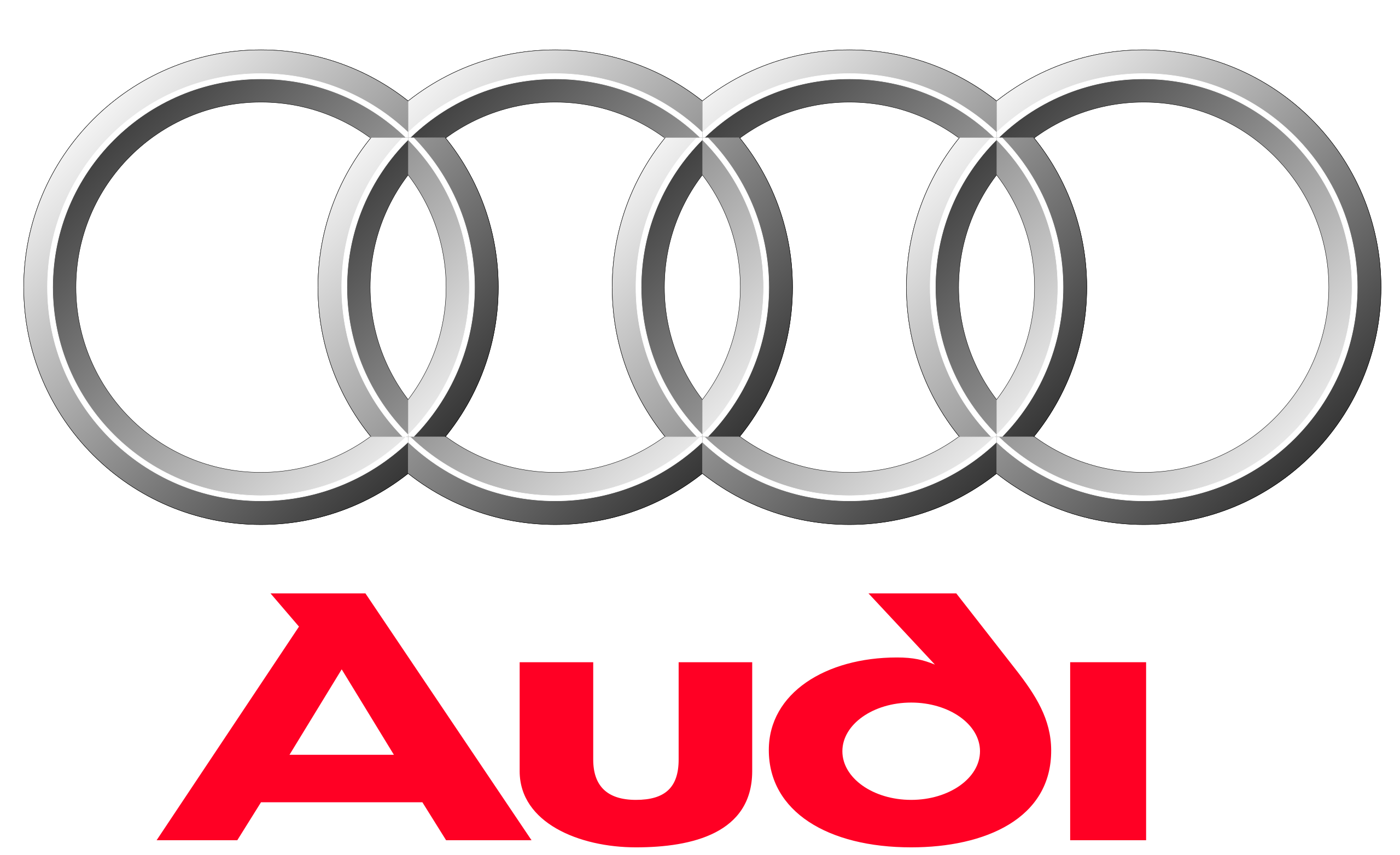
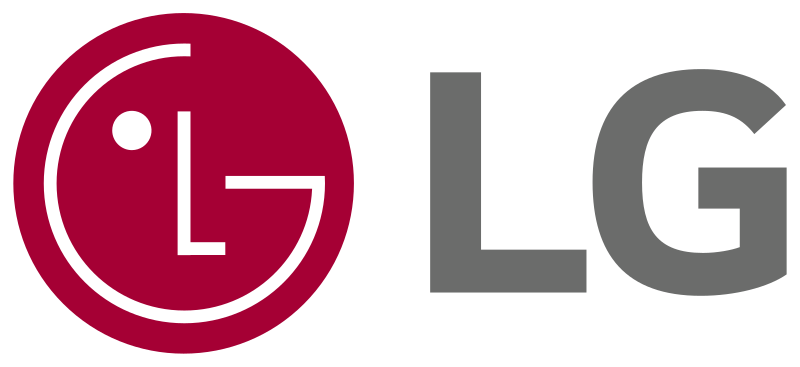
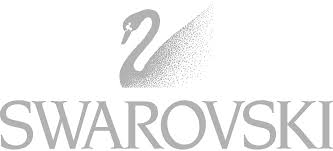
Black
Considered a neutral color (or rather the absorption of all colors), black is primarily associated in Western countries with death, mourning and the absence of light (unlike white, which embodies life, purity and the abundance of light).
In marketing, black evokes sobriety, elegance, prestige and mystery. In particular, it is widely used by luxury brands to indicate that they have no need for superfluity to underline the influence and exclusivity of their products. This color also gives them an inaccessible appearance that attracts consumers.
Black is timeless and adapts to all other colors: however, it will take a back seat to a bright color.
Companies in the luxury goods (automotive, fashion, jewelry), sports, hospitality, press, information and technology sectors will often use black in their visual identity. However, black should be avoided for brands associated with children and entertainment, as it would not be in keeping with the values the brands wish to convey.



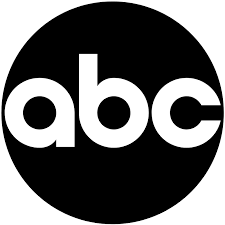
Choosing a color for a brand is therefore essential, as it will represent the company, its products and services, but above all its values. It’s therefore crucial to know the meaning of each color, the possible associations and to try out different shades so that they best match the brand, its target and what it offers.




